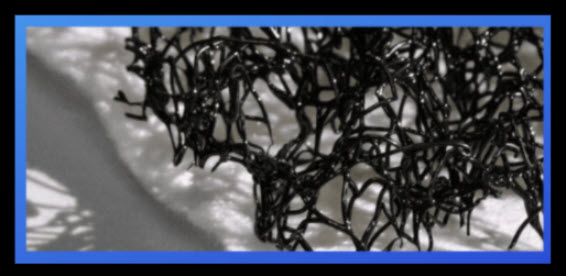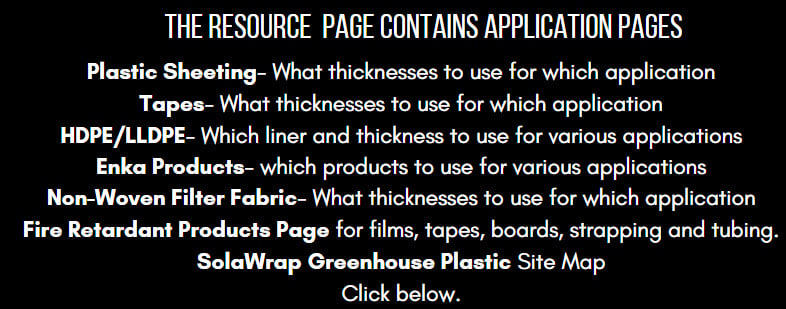Enkavent Intercepts Radon
Radon is a colorless, odorless, tasteless radioactive gas which comes from the natural decay or uranium that is found in nearly all soils. It typically moves up through the ground and into a house or building where it is trapped and continues to build up.
It is the 2nd leading cause of lung cancer. Various external and internal pressure related forces cause radon gas to enter a structure: hydrostatic pressure, source accumulation, well water supply, all aided by negative (suction) pressure.
Enkavent Reduces Radon Levels up to 97%
Intercept radon before it seeps into the basement, crawl space or through the slab Enkavent’s high flow study structure reduces radon levels up to 97%, withstands compression and channels the radon to pipe openings. Combined with a filter fabric, the airspace doesn’t clog – underlying aggregate and soil remain separate. Quick and efficient, there is no digging or extra aggregate needed. The construction of Enkavent and why it works Enkavent matting is a 0.8-inch high matrix of nylon filaments point-bonded to a polyester filter fabric. 95% of this geomatrix is airspace, which means radon has room to flow in every direction. Enkavent is also stiff. It can stand up to concrete without compressing, but it’s lightweight enough for easy handling.

Effective Subsurface Ventilation Solutions
• Intercept gases and provide an alternate pathway to the exterior
• Provide high compression strength
• Resist most soil chemicals and solvents
• Provide a much higher air flow than commonly used aggregate
• Removes both gases and moisture
Enkavent's Features and Benefits
• Creates a radon-control-ready structure
• Added benefit of a moisture evacuation path
• Also vents hydrocarbon gases from your soil
• Cost-effective • Easy to handle and lightweight – a 100’ roll only weighs 27 lbs.
• Adaptable to a sump system
• Meets all requirements of floating slab construction
• High flow system reduces radon levels up to 97%
• 95% open air space for much higher, measurable and consistent air flow than aggregate
• High compression strength, able to sustain the load of a 12” concrete slab • Nylon filaments resist most soil chemicals and solvents
• Hinged crease for easy placement along foundation wall







